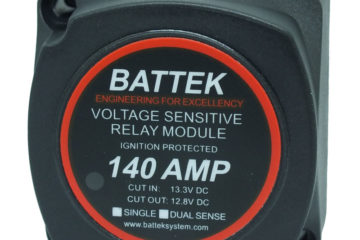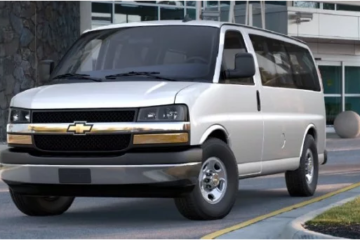Many people have installed auxiliary batteries in their trucks and caravans. Nowadays what we needed from our auxiliary battery is no longer a small amount of power for some lighting and maybe a radio. These days we expect much more, we like to run lights, TV’s, Laptops, DVD’s, pumps, fridges, winches, and charge camera batteries and mobile phones etc, some even run microwaves.
It is true that some of us like all the luxuries of home when we go camping. So over the years our demands on battery capacity have increased to the point that we need much more usable energy, and over a longer period of time, and we need fast and safe ways to recharge our batteries. Many of the old ways used to charge these batteries are now antiquated, and they mostly never did the job very well anyway, neither were they conductive to long battery life. What we need is to build a system that will deliver the best performance for our hard earned dollars. While this is not a comprehensive step by step guide to installing a dual battery system, it should however give you a very good insight as to what is really needed, and why, and how to go about sizing and fitting it all up.
A good place to start would be an auxiliary battery, then we need an efficient way of charging this battery using the cars alternator, and most importantly, a way of isolating the auxiliary battery from your starting battery, so that your starting battery is not compromised, and so you will always be able to start you vehicle and not be left stranded. To do this we use what is called a battery isolator, and then we need some cable to connect it all up, simple eh, well it is simple as long as you use the right bits, and put it together the right way…… Auxiliary Batteries. Basically you should be thinking about how big a battery can you fit, and less about how small and cheap a battery you can get away with, now I know money does not grow on trees, however the larger the battery the less percentage wise you will be draining it each day, and the longer it will last for you, both in power usage (battery capacity), and battery in life (longevity), with the extra advantage of some extra capacity available to you if needed. Hot Tip …Batteries LOVE being fully charged, they do NOT (never) much like being discharged at all, they do LIKE it when you only take them down to about 50% of their capacity, and then top them back up soon as you can (within a day or so). Batteries will lose capacity if left discharged, and they will die quickly if left discharged for long lengths of time. Deciding on what size and type of Auxiliary Batteries to use is really a whole other story, please read my article on AGM (Absorbed Glass Matt).
The battery isolator is a device that allows the cars alternator to recharge the auxiliary battery while protecting the cars starting battery from discharging, if these batteries are simply linked together you run the very real risk of draining them both to a level that you can not start the engine, and there are many other reasons why you should not do it this way. So hence we have the battery isolator, there are many different methods used to isolate the batteries, most use some form of solenoid, this is an electronic switch that can handle large (charging) currents, much more than standard switches can, and they are operated by applying a small amount of power to them, this is turn actuates a solenoid that links the batteries together so that large currents and be passed between the batteries. There are many ways to operate these battery isolators, some much better that others. The cheapest way is that you manually turn them on and off, however sooner or later somebody will forget to turn the switch on (no charge goes into the auxiliary battery) or off at the right time (and then the starting battery gets drained as well). Another way of doing it is to have the solenoid turn on as soon as you start the engine up, and turn off when you shut down the engine, this has been the cheap way of doing it for many years, but it’s far from ideal and does have a few pitfalls. I believe the best way for most situations is to use a VSR (Voltage Sensitive Relay) activated solenoid, and I explain a little further on how they work and why I think they are so good. Now for years I had used the Redarc Smart Start VSR with great success, and I’ve sold hundreds of them, they really are a good unit. However a while ago after doing more research and testing I came across another VSR that I found I liked even better, with many great features, and I’ve listed some of them below in my explanation of how it works. This one I like the best and now use is also one of the least expensive ones, and it does the job very well, truly ultra reliable (has been used in the boating/marine industry for many years), and I believe these are as good as, and often better than many of the much more expensive VSR’s.


